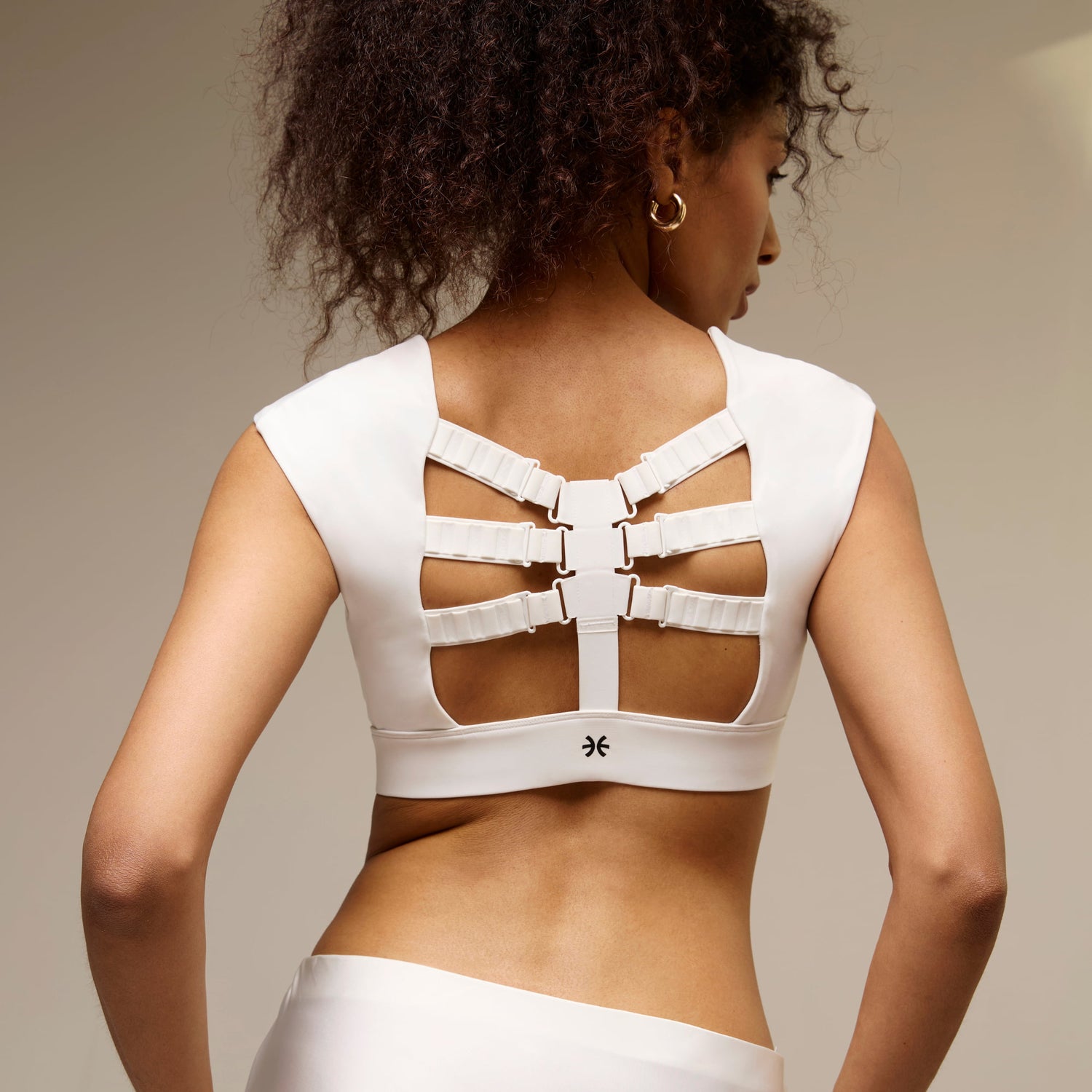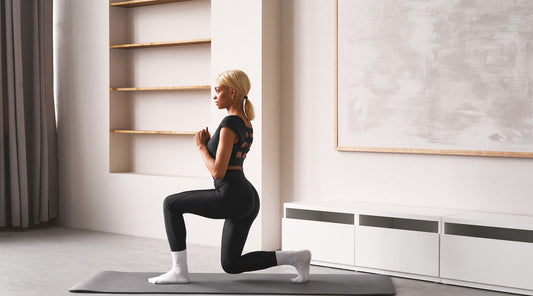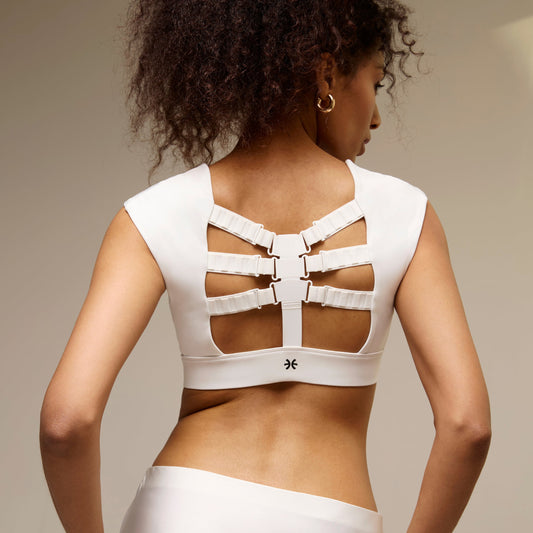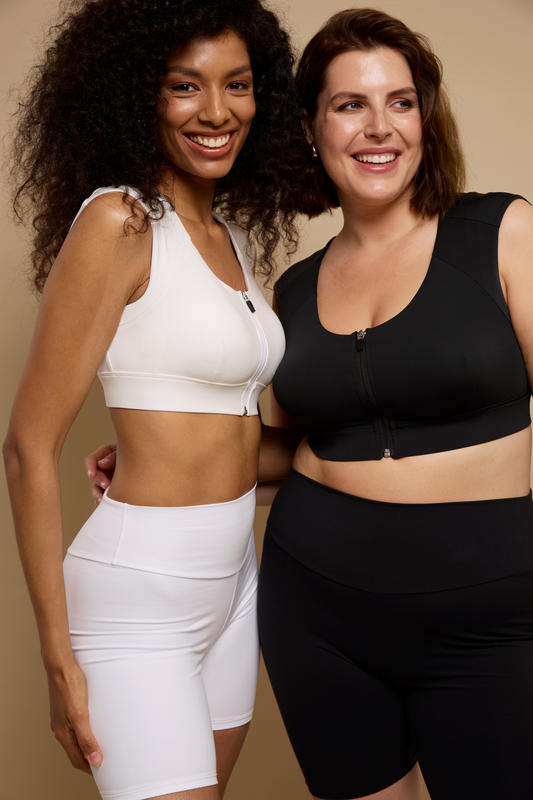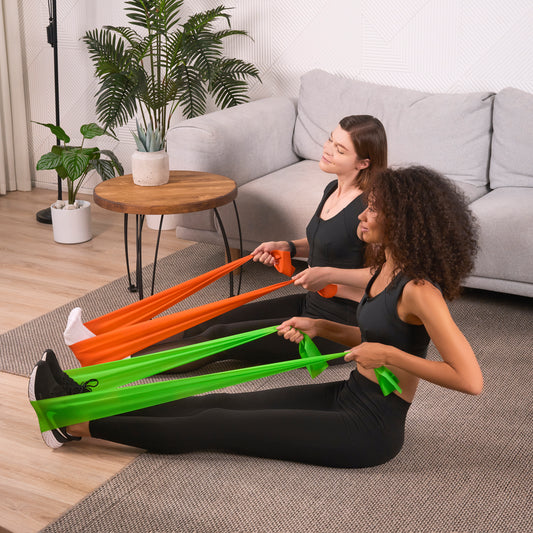You’ve likely felt the direct effects of poor posture: stiffness, soreness, maybe even neck or back pain. But the way you hold yourself throughout the day can cause a number of other health issues. If you experience digestive problems, headaches, breathing difficulties, or even a lack of concentration and productivity, you may want to take a closer look at your posture.
Here are six unexpected risks of poor posture and how you can avoid them.
-
Digestive Issues: Acid Reflux & Heartburn
Your heartburn may not have anything to do with the food you’re eating — it could be the way you are sitting. Slouching can disrupt the digestion process and may even be the cause of acid reflux and heartburn. Think about it: As you lean forward, the area between your chest and stomach compresses, constricting vital organs in the gastrointestinal tract. As you slouch, you put pressure on the abdomen, causing stomach acid to flow back up into the esophagus and leading to that uncomfortable burning sensation in the chest [1].
Tip: During your next meal, focus on your posture. Sit up straight without resting your back against the chair. After the meal, go for a short walk to help maintain that good posture and support the digestion process.
-
Headaches
It’s not always easy to pinpoint the root of any headache, but if you’ve been sitting or standing for an extended period of time, check your posture. If you tend to get a headache in the afternoon or in the midst of a long, computer-bound workday, your sitting posture could be the culprit. A headache can be triggered by a position called “forward head posture” in which the head juts forward and the neck is at least an inch in front of its natural position over the first vertebrae. The more forward the head, the more weight is put on the spine.
According to a 2014 study, a neutral position puts a force of up to 12 pounds on the cervical spine [2]. At a 15-degree tilt, that pressure goes up to 27 pounds. At 60 degrees (really looking down at your phone, for example), you’re putting about 60 pounds or five times as much pressure on the spine. This extra weight on your spine causes tension in your neck, shoulders, and upper back, which can bring on a headache. Typically, you’ll feel throbbing in the base of the skull that may spread to the forehead.

Image Credit: "Assessment of stresses in the cervical spine caused by posture and position of the head." 2014 in PubMed
Tip: Reduce the risk of a headache by bringing your head to a neutral position while simultaneously pushing your chin forward. As you straighten your spine, imagine someone is lifting you by the base of your head as you relax your shoulders.
-
Breathing Difficulties
Poor posture can also have an insidious impact on your lung function. Slumping restricts movement in your chest and puts pressure on the diaphragm, affecting how deeply you breathe [3]. With reduced lung capacity, your body receives less oxygen-rich blood, which comes with many other side effects, like shortness of breath and fatigue, and longer term risks such as cardiovascular problems.
Tip: A good way to see how shallow you may be breathing is to try some deep breathing exercises. This is a perfect time to relax and focus on your posture. You only need 5-10 minutes a day.
-
High Blood Pressure
Poor posture can even increase your blood pressure. This may be partially due to decreased lung capacity, as mentioned above, but there also may be a more direct connection. Researchers found that muscles in the neck are linked to the nucleus tractus solitarious (NTS), a part of the brain that helps regulate your heart rate and blood pressure [4]. If these muscles are working inefficiently, it could affect the functioning of the NTS and lead to raised blood pressure.
-
Incontinence
Another bummer of poor posture can show itself at the worst times. Ever experienced urine leakage when coughing, sneezing, laughing, jumping, or running? That’s called stress incontinence and it’s caused by extra stress on your bladder. When you’re slouching, you put more pressure on the bladder and the pelvic floor muscles that help hold against that pressure [5].
- Reduced Focus & Productivity
Given all the risks above, it shouldn’t come as much of a surprise that your posture can also impact your mental well-being. Simply put, the more aligned your body, the less it has to work. When the body is in proper alignment, tasks that could become strenuous — such as standing — feel almost effortless. Your body experiences better blood circulation, optimal oxygen flow, and improved nutrient absorption. All of this impacts you physically, of course, but also cognitively. With better posture comes more energy, better focus, and ultimately a more productive you.
Experiencing Any of These Symptoms?
Any of these symptoms sound too close to home? It could be your posture. If you need a little extra help in improving the way you sit, stand, and move throughout the day, you may want to try the Etalon posture correcting bra. It can help you develop better alignment over time and greatly reduce these risks of poor posture.
GET YOUR ETALON NOW
- https://americanpostureinstitute.com/your-heartburn-isnt-just-from-your-food-its-from-your-posture/
- https://www.scinapse.io/papers/53370736
- https://www.ncbi.nlm.nih.gov/pmc/articles/PMC4905897/
- https://www.newscientist.com/article/dn12457-bad-posture-could-raise-your-blood-pressure/
- https://www.health.harvard.edu/staying-healthy/3-surprising-risks-of-poor-posture
Photo by Sasun Bughdaryan on Unsplash
FAQs
Can poor posture really affect my digestion?
How does posture cause headaches?
Does poor posture make it harder to breathe?
What’s the link between posture and blood pressure?
Can posture impact bladder control?
Does posture really affect productivity?
Trending
Try Etalon posture improvement products
